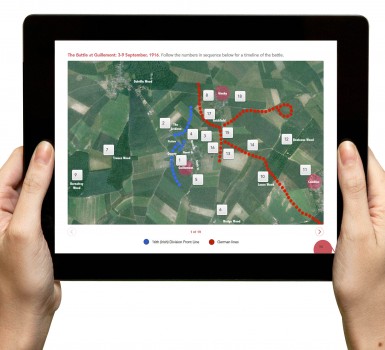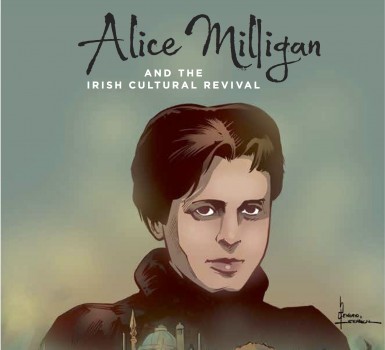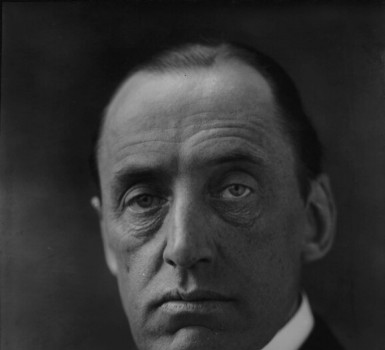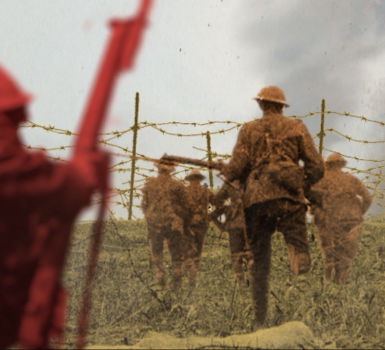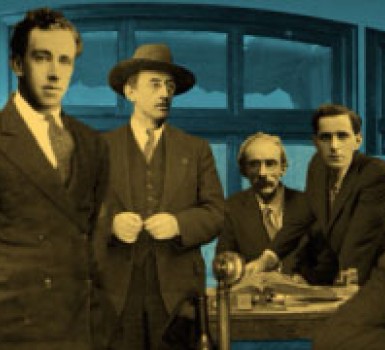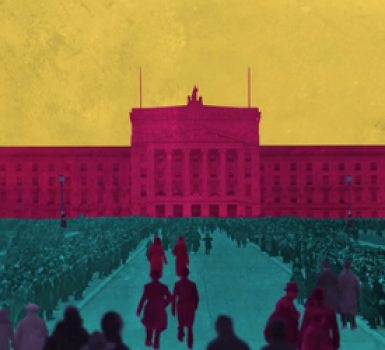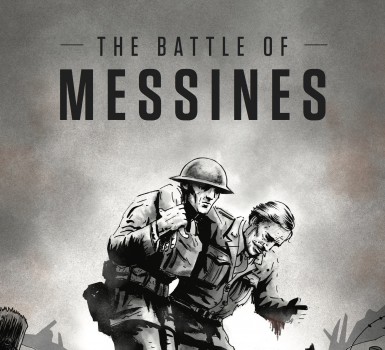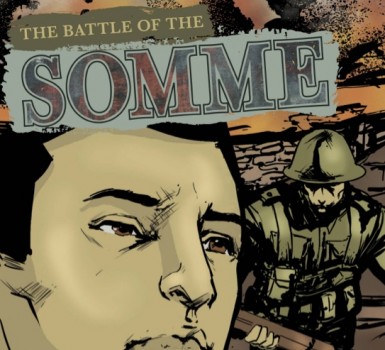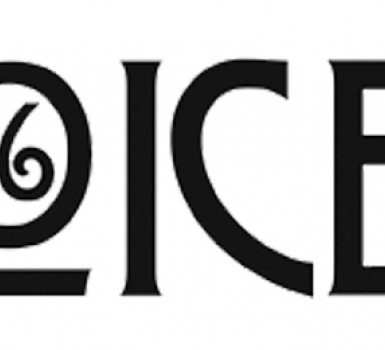War Of Independence

The Irish War of Independence began on 21 January 1919 with the killing of two Royal Irish Constabulary (RIC) members in Soloheadbeg, County Tipperary by the Irish Volunteers. On the same day the first ever Dáil Éireann sitting had issued a Declaration of Independence as an Irish Republic. The Irish Volunteers would later be renamed the Irish Republican Army (IRA) and become the army of the new Republic.
Lasting for over two years, the conflict saw the deaths of over 1,300 people. One of the largest losses of life came on ‘Bloody Sunday’ on 21 November 1920. Thirteen British security personnel and two civilians in Dublin were shot and killed by Michael Collins’ ‘squad’.
Later that day security forces opened fire at a Gaelic football match in Croke Park, killing 14 civilians and wounding dozens more. Two senior Dublin IRA men were also shot while in police custody. Across Ireland, on that day, a total of 41 people were shot dead.
A ceasefire to the war was agreed on 11 July 1921, followed by the signing of the Anglo-Irish Treaty on 6 December 1921, ending British rule in most of Ireland. The Treaty caused a split in pro-Treaty and anti-Treaty supporters and although ratified by Dáil Éireann, this split eventually led to an Irish Civil War.




